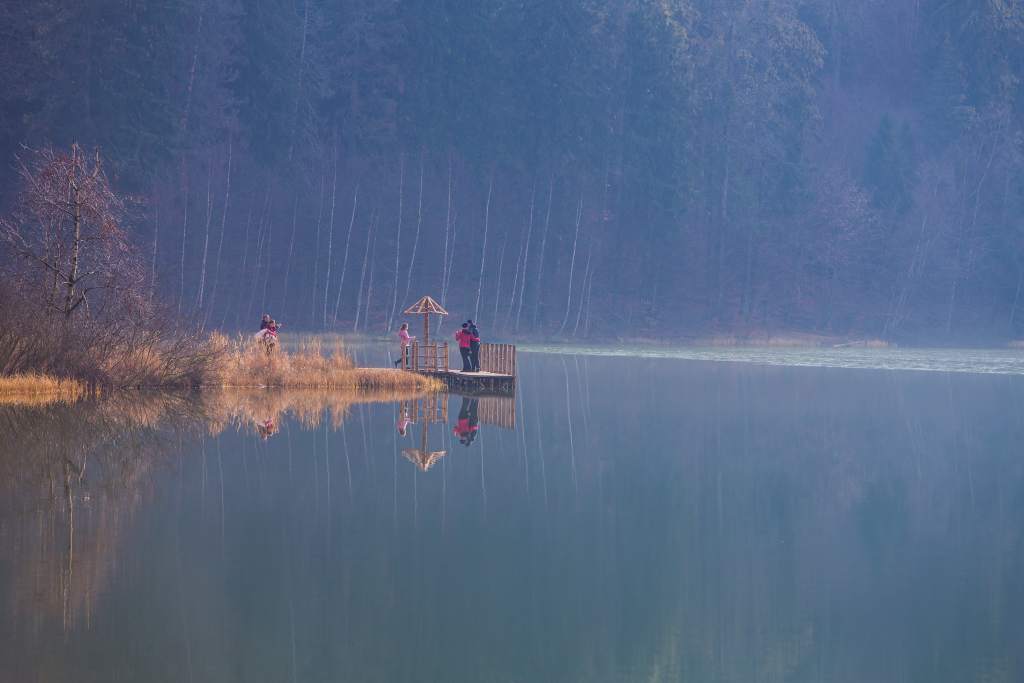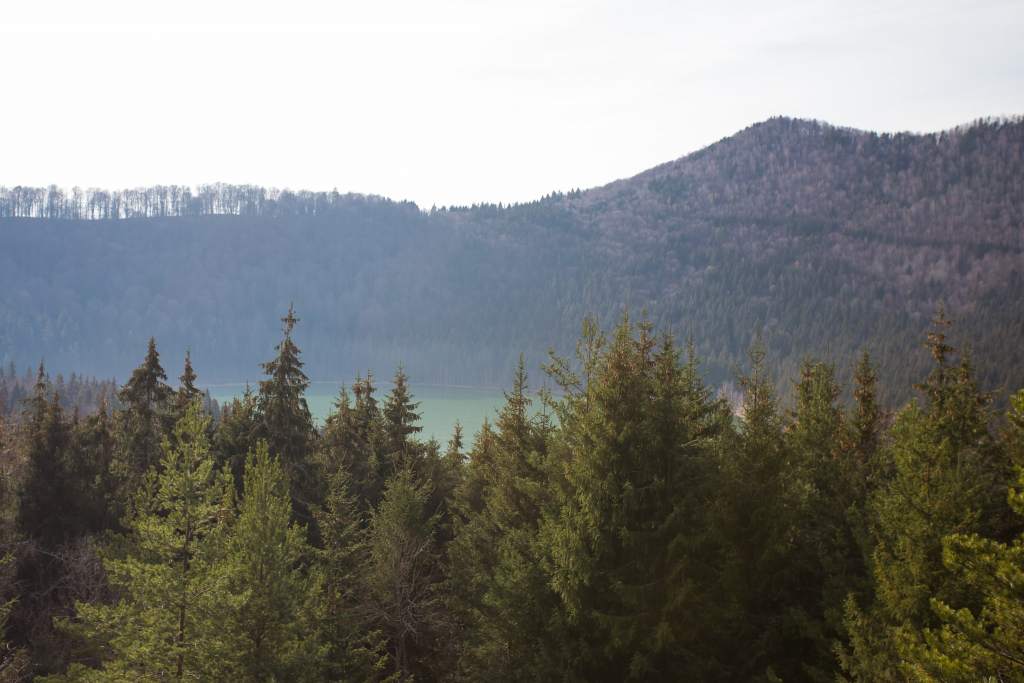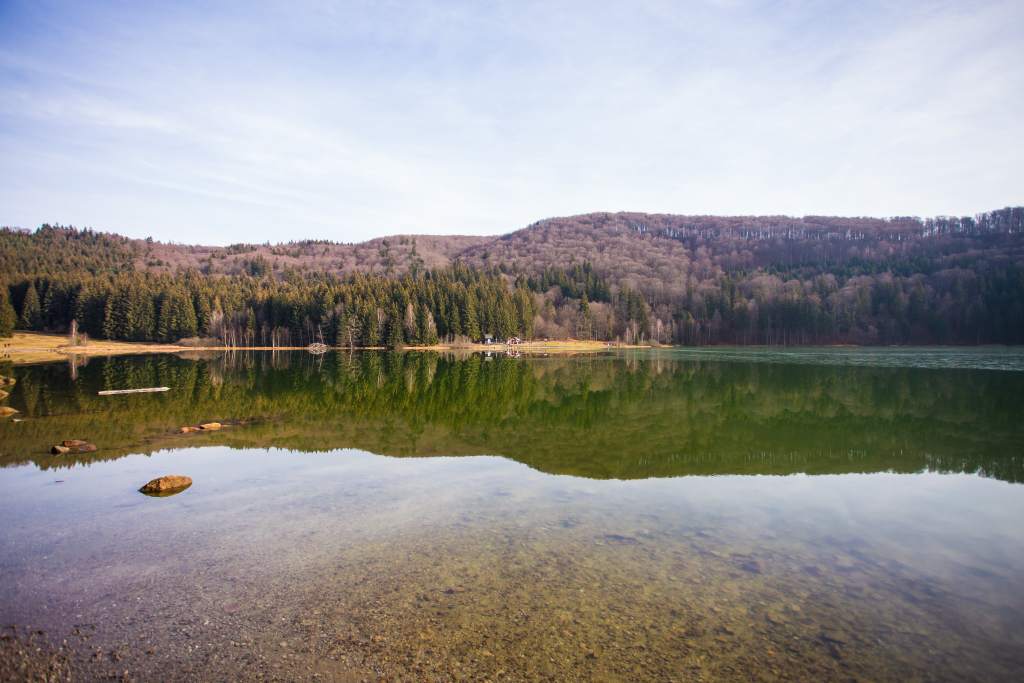 Share this!
Share this!“Smart specialisation strategies in rural areas, inclusion & wellbeing” was the topic of a debate which was foreseen to take place during the 2020 Spring plenaries. In order to harness the knowledge and expertise of our membership, AER is sharing content from speakers online instead.
In the following article Dr. Marta Tatar, Chief cardiologist at the Dr. Benedek Géza Cardiovascular Recovery Hospital, Covasna, RO, and former Chair of the AER Focus Group on prevention & child healthcare, shares the experience of Covasna on using natural assets in a rural area for regional development and wellbeing.

Social wellbeing and psychical wellbeing are more and more studied. There is a lot of academic research in this field. In different studies, the role and impact of different determinates are researched. It is widely accepted that health is an important factor.
In this context, the role of natural cure factors is increasing. Natural cure-factors can be used to maintain and improve health status, to prevent some diseases, and in the rehabilitation of patients.
Mineral waters: a well-known asset
Covasna County is very rich in natural mineral water springs and mofettas: there are hundreds of mineral water springs in the region. These natural cure factors have been used on an empirical basis for centuries by local people for the treatment of different affections. Mineral waters are used both, as an internal cure or, as mineral water baths.
Carbon dioxide for cardiovascular health benefits
The word “mofetta” is derived from the Latin word ”mephithis” meaning “stinky exhalation”. The term “mofetta” describes a postvolcanic phenomenon that is manifested by gas emanations at relatively low temperatures. The primary gas of mofetta is carbon dioxide. This gas is heavier than air so in sediment in pits and can be used as a “dry bath” (standing with normal clothing in the pit). Carbon dioxide can penetrate through the skin and has important cardiovascular effects.
The hospital: a key player in research and innovation
The Cardiological Hospital in Covasna was founded in 1960. The founder of the hospital was Dr. Géza Benedek. From the beginning of its activities, the hospital started clinical research work in collaboration with the Medical University from Tirgu-Mures and the Institute of Balneology from Bucharest to study the cardiovascular effect of CO2.
As a result, a unique complex cardiovascular rehabilitation model was elaborated. The model combines the general elements of cardiac rehabilitation with the use of mofetta and CO2 mineral water bath.
We are treating yearly 14.000-15.000 patients. The results of the hospital triggered the development of a rich spa activity outside the hospital, offering access to mineral water benefits to a larger public.
Sitting on a gold mine
Spa tourism is a part of the smart specialisation strategy in Covasna. The wealth of mineral springs and natural cure factors in Covasna county is an opportunity to further develop health tourism with an important impact on the economic development of the county and the wellbeing of the people. Compared to regions with similar assets the natural healing resources of Covasna are yet under-exploited.
While the city of Covasna, a recreational city with many hotels and pension houses for health tourism, the surrounding offers more curing possibilities: mineral waters and bath for external and internal cure, walking and hiking path, winter and summer sport facilities. In recent years considerable efforts have been deployed to enhance the hotel offer which created new jobs. At the moment the reputation of Covasna allows it to benefit from a substantial demand on the internal market. Huge potential lies in further opening up to the external market.
In parallel to the wellness hotels that use the natural cure factors in Covasna, there are a lot of small traditional mofettas and mineral water baths which have been used by the locals for a century some of which were renovated with EU funding.
Come and visit us!
The location for the AER meetings, which had to be canceled because of the COVID-19 pandemic, would have given participants the opportunity to try mofettas and visit the “Dr. Benedek Géza Cardiological Hospital”.
I regret that our meeting was canceled but I hope I will see You soon in Covasna and answer your questions about natural health resources, our mineral waters and mofettas!

More information about the Covasna mofettas can be found in the leaflet “Covasna, Land of mineral water” produced in the context of the EU funded project Off to Spas
Photo credit: Janos Boldizsar KOCSIS
